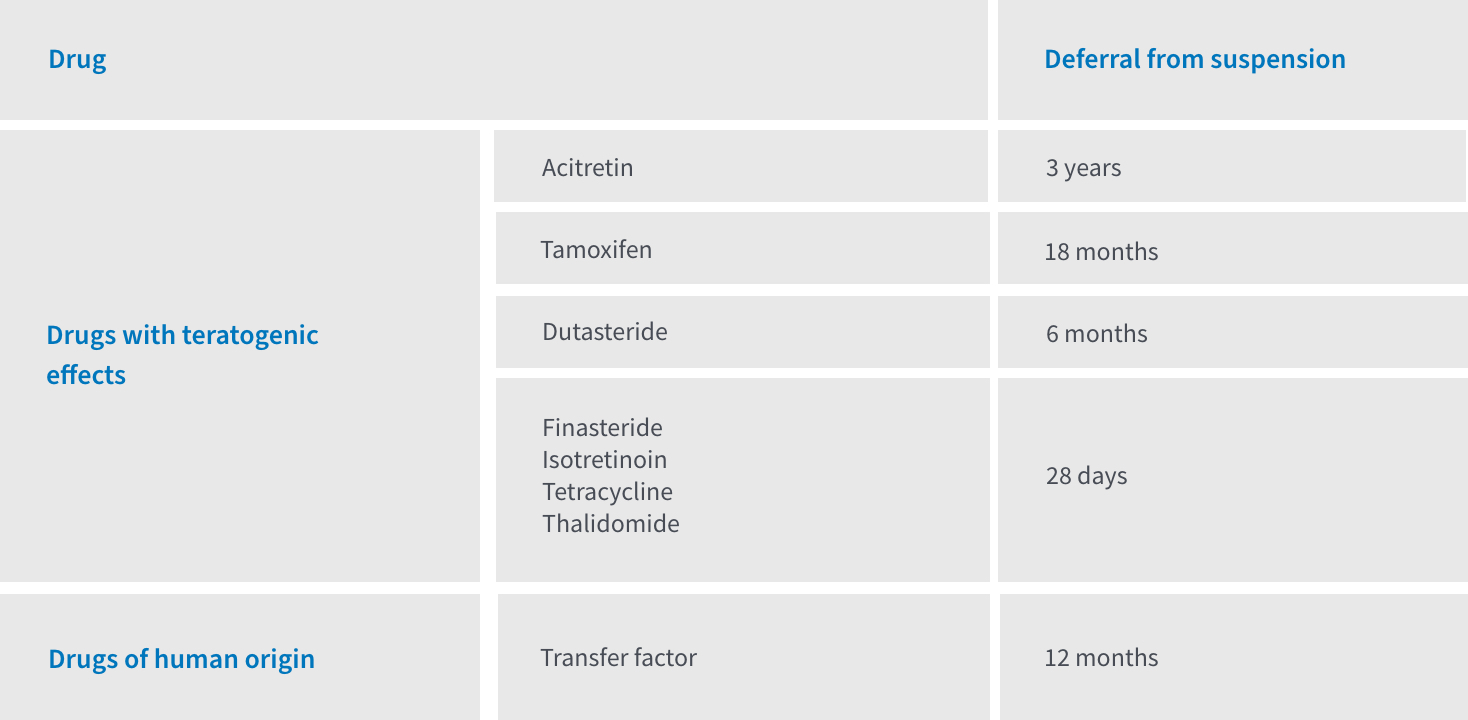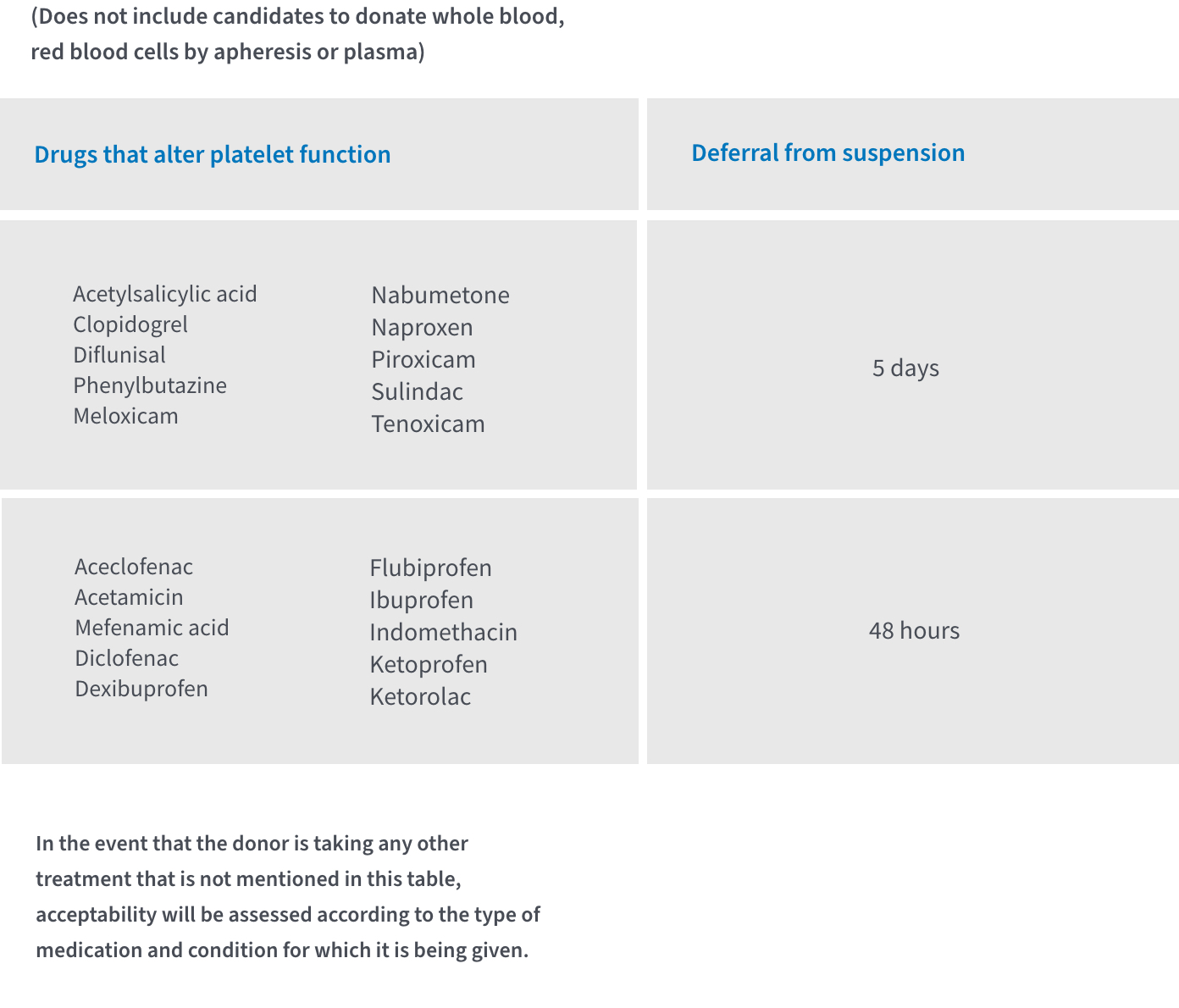Interventional Cardiology
Cardiology subspecialty dedicated to catheter diagnosis and treatment.
In our Cardiovascular Center we have Hemodynamic Rooms dedicated exclusively to minimally invasive techniques that, through fine catheters guided by fluoroscopy and with image acquisition, allow the diagnosis and treatment of pathologies of the heart and the vascular system.

State-of-the-art technology:
Multidisciplinary team:
Perfectly communicated:
Excellent dimensions:
Within our Hemodynamic Rooms, we offer treatment for the following diseases:
- Congenital heart diseases
- Coronary artery disease
- Affection of the peripheral arterial circulation
- Arrhythmias
- Angina
- Atherosclerosis
At the Cardiovascular Center we offer you a wide range of prevention, diagnosis, timely treatment and follow-up services to take care of your heart and that of your loved ones
Some of the most common procedures performed in interventional cardiology are:
Structural conditions of the heart in adults:
aortic valve replacement without surgery (TAVI), congenital malformations persistent into adulthood, and improvement in mitral valve function due to narrowing or insufficiency, as well as mitraclip procedures.
Coronary angiography:
Coronary angiography is an imaging method that precisely excludes the presence of coronary artery disease or demonstrates and characterizes it. The study is performed in an imager using ionizing radiation and with the application of iodinated contrast material.
Cardiac catheterization:
Cardiac catheterization involves inserting a long, thin tube (called a “catheter”) through an artery or vein in the leg or arm and into the heart.
State-of-the-art technology - Endovascular ultrasound
It uses a transducer or probe to generate sound waves and produce images of blood vessels. When used to evaluate the coronary arteries, it can show the entire wall of the artery and provide important information on the amount and type of plaque build-up, which can help determine whether there is cardiovascular risk.
It uses a transducer or probe to generate sound waves and produce images of blood vessels. When used to evaluate the coronary arteries, it can show the entire wall of the artery and provide important information on the amount and type of plaque build-up, which can help determine whether there is cardiovascular risk.

Our Locations
At ABC Medical Center, we are prepared to serve you in out two Campuses 24/24h, 7 days a week.
Campus Observatorio
Sur 136 No. 116, Col. Las Américas,
Álvaro Obregón, 01120, Cd. de México.
Tel. 55 5230 8000
Campus Santa Fe
Av. Carlos Graef Fernández 154, Col. Santa Fe,
Cuajimalpa, 05300, Cd. de México.
Tel. 55 1103 1600




